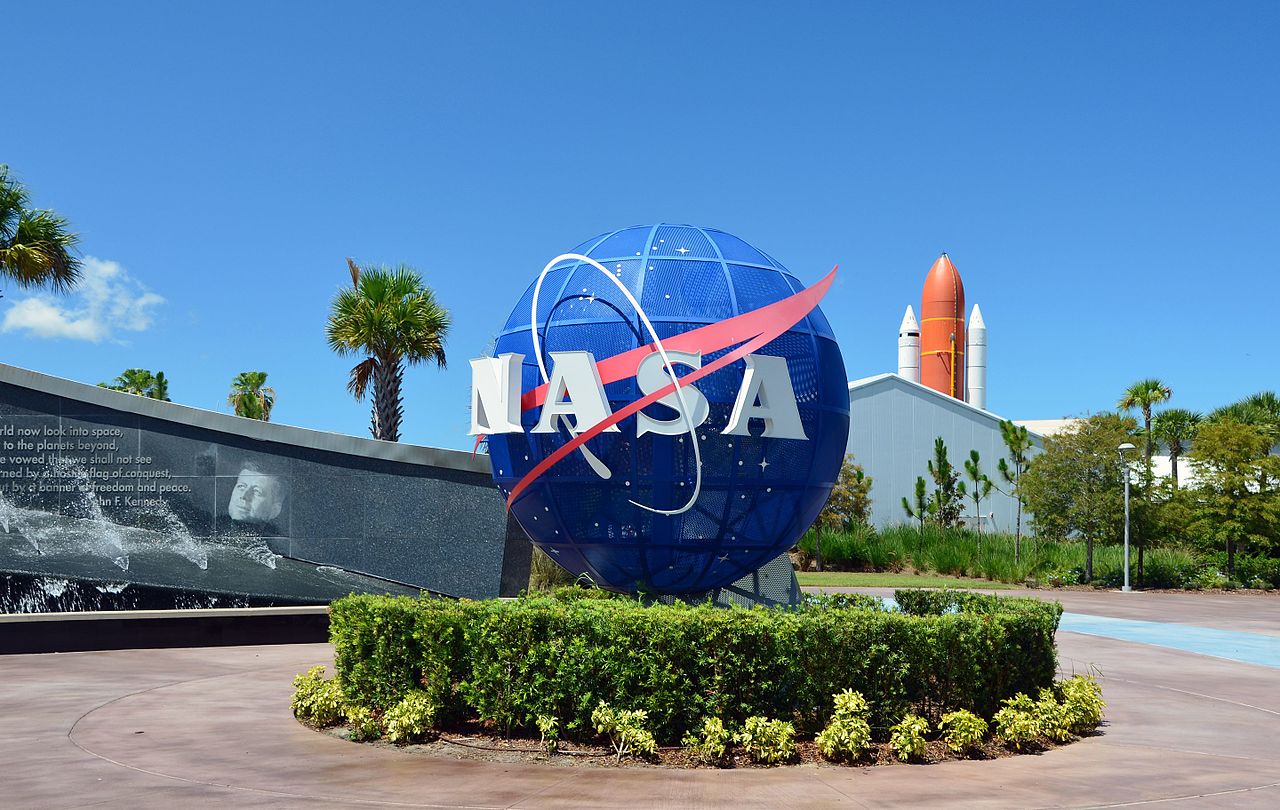Washington/London, July 23: NASA (National Aeronautics and Space Administration) has on Monday congratulated to ISRO (Indian Space Research Organization) on the successful launch of the second moon mission, Chandrayaan-2, stating it was also looking forward to information what the Indian space agency learnt regarding the lunar South pole.
In a tweet, NASA said: “Congrats to Isro on the launch of Chandrayaan 2, a mission to study the Moon. We’re proud to support your mission comms using our Deep Space Network and look forward to what you learn about the lunar South pole where we will send astronauts on our #Artemis mission in a few years.”
Congrats to @ISRO on the launch of Chandrayaan 2, a mission to study the Moon. We're proud to support your mission comms using our Deep Space Network and look forward to what you learn about the lunar South pole where we will send astronauts on our #Artemis mission in a few years pic.twitter.com/dOcWBX3kOE
— NASA (@NASA) July 22, 2019
The 2nd moon mission’s success has made universal headlines with the United States‘ leading newspaper writing “India is on its way to the moon”, hours after ISRO’s rocket GSLV MkIII M1 blasted off from Sriharikota space centre at exactly 2:43 pm (local time) and successfully injected the 3,850-kg Chandrayaan-2 into earth orbit some 16 minutes later.
The launch comes close on the peek of the 50th anniversary of Apollo 11 when the first man landed on the moon, according to The Washington Post.
The leading US newspaper noted New Delhi has also announced the intention of sending a “manned” space mission by 2022.
“If the rest of the mission goes as well, India will become the fourth nation — after the United States, Russia and China — to land on the moon, more than 200,000 miles away. Its target is a region near the mysterious south pole, where no other missions have explored,” The New York Times commented.
“This would be a huge leap forward for India’s ambitious space programme, and scientists and defence experts everywhere are watching to see whether the country can pull it off,” it said.
CNN said this recent mission was significant for India who seeks to become a key player in the space race and move Indian astronauts in space by 2022.
In 2014, India became the 1st Asian country to reach Mars, the Red Planet, when it sent the Mangalyaan probe into the earth orbit around Mars. The Mars Orbiter Mission has cost $75 million, lower than $100 million that Hollywood spent to make space thriller movie “Gravity”.
The Guardian, a main British paper, announced that Chandrayaan-2 expects to turn into the first mission to lead a surface arrival on the lunar south pole area, where it will gather essential data about the moon’s composition.
It would be India’s first surface arriving on the moon – an accomplishment recently achieved by just Russia, the US and China, the paper noted, according to TOI news reports.
The Times paper of London announced that India has propelled a rocket to the moon, planning to turn into the fourth nation to arrive an art on the lunar surface and bond its development as the main space control.
It is the most mind-boggling mission at any point endeavoured by India’s space office, the BBC remarked while taking note of that there was acclaim in the Isro control room minutes after the dispatch, as the rocket took off towards the external environment.
In a tweet, Indian Prime Minister Narendra Modi said, “Special moments that will be etched in the annals of our glorious history! The launch of #Chandrayaan2 illustrates the prowess of our scientists and the determination of 130 crore Indians to scale new frontiers of science. Every Indian is immensely proud today!”
Special moments that will be etched in the annals of our glorious history!
The launch of #Chandrayaan2 illustrates the prowess of our scientists and the determination of 130 crore Indians to scale new frontiers of science.
Every Indian is immensely proud today! pic.twitter.com/v1ETFneij0
— Narendra Modi (@narendramodi) July 22, 2019
Chinese state-run Xinhua news agency provided extensive coverage of the Chandrayaan-2’s successful launch, as well as, reactions of PM Modi and President Ram Nath Kovind.
In a tweet, the Indian President said: “The historic launch of #Chandrayaan2 from Sriharikota is a proud moment for all Indians. Congratulations to our scientists and engineers for furthering India’s indigenous space programme. May @ISRO continue to master new technologies, and continue to conquer new frontiers.”
The historic launch of #Chandrayaan2 from Sriharikota is a proud moment for all Indians. Congratulations to our scientists and engineers for furthering India's indigenous space programme. May @ISRO continue to master new technologies, and continue to conquer new frontiers
— President of India (@rashtrapatibhvn) July 22, 2019
Leading Pakistani newspapers on their official websites showed the updates on the launch by worldwide news agencies.
The Rs 978-crore unmanned mission likewise brought “woman power” to the fore as it was helmed by two ISRO lady researchers – Ritu Karidhal and M Vanitha, the Mission and Project chiefs individually.
The Lander and the Rover are relied upon to touch down close to the Lunar South Pole at the beginning of September, turning into the first spacecraft ever to arrive in that area. The Lunar South Pole stays unexplored till date.
Also read: Chandrayaan-2 Live Updates: ISRO successfully launched India’s moon mission at Sriharikota

